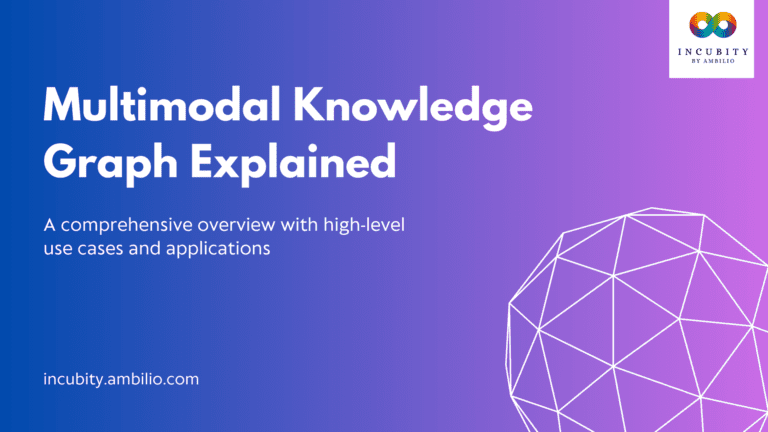Large Language Models (LLMs) like GPT-4, Claude, LLaMA, and others are transforming industries with their ability to process and generate human-like text. A key technical concept underlying their performance is the context window. Understanding this concept is crucial for developers and practitioners working with LLMs, as it directly impacts application design, model performance, and computational requirements.
What is a Context Window?
A context window defines the maximum number of tokens an LLM can process and consider at once when generating responses or analyzing text. Tokens are the basic units of text in LLMs and include words, subwords, punctuation marks, and even formatting symbols. For instance:
- Word-based tokens: Common words like “the” or “and.”
- Subwords: Portions of a longer word, such as “ing” in “building.”
- Special characters: Parentheses, punctuation, or mathematical symbols.
In English, a word typically corresponds to 1-2 tokens, but technical content, code, or non-standard text may use more tokens per word.
For example:
- GPT-3 has a context window of 2,048 tokens.
- GPT-4 Turbo features an expanded 128,000-token context window, making it suitable for tasks involving long documents or complex workflows.
The size of the context window determines how much information the model can “remember” and reason about within a single interaction.
Importance of Context Windows
1. Maintaining Coherence Over Long Texts
A larger context window enables the model to maintain coherence across longer passages. For example, summarizing a lengthy article or generating a detailed story requires referencing earlier parts of the text. Models like GPT-4 Turbo, with a 128k-token context window, excel at processing extensive inputs like research papers or entire books.
2. In-Context Learning
LLMs can learn from examples embedded within their prompts, known as in-context learning. A larger context window allows more examples to be included, improving the model’s ability to generalize and provide accurate responses.
For example:
- A developer can prompt an LLM to generate Python code by including examples within a 128k-token context window in GPT-4 Turbo, enabling richer demonstrations.
3. Impact on Computational Efficiency
The size of the context window significantly affects memory usage and processing requirements. Larger windows require more GPU/TPU memory and computational power. For instance, expanding from a 2k-token context window to a 4k-token window increases computational complexity, as the attention mechanism’s cost grows quadratically (O(n²)).
Challenges of Context Windows
1. Computational Costs
Larger context windows demand substantial computational resources. For example:
- Processing 128k tokens with GPT-4 Turbo requires efficient infrastructure to handle the increased memory and compute load.
- Deploying LLMs with extensive context windows may involve trade-offs between cost and performance.
2. Information Loss
When input text exceeds the context window, the model cannot process the overflow, leading to potential loss of critical information. For example:
- In GPT-3, any content beyond 2,048 tokens is ignored, which can result in incomplete outputs.
- Summarizing a document longer than 128,000 tokens with GPT-4 Turbo might require chunking the text.
3. Attention Mechanism Limitations
The self-attention mechanism in transformer models processes all tokens within the context window, which can become computationally expensive as the token count grows. Sparse attention or memory-efficient architectures are being explored to address this issue.
Strategies to Manage Context Window Limitations
1. Chunking and Summarization
When dealing with inputs exceeding the context window, break the text into smaller chunks. Summarize these chunks to retain key information while keeping the token count within the limit.
For example:
- Divide a 200k-token document into sections and summarize each before feeding them to the model.
2. Dynamic Prompting
Adjust prompts dynamically by feeding the model only the most relevant portions of the text. This helps maintain focus on critical details without exceeding the token limit.
Example:
- For a chatbot, summarize older messages in a conversation while preserving the latest interactions.
3. State Tracking
Track the state of a conversation or document history externally. By maintaining an external memory, developers can reintroduce relevant context when needed.
4. Prompt Optimization
Design prompts strategically by placing key points at the beginning or end of the input. This ensures critical information remains within the window even if content needs to be trimmed.
Applications of Large Context Windows
1. Document Analysis
Models like GPT-4 Turbo are ideal for processing legal contracts, scientific papers, or long financial reports. A 128k-token context window can analyze entire documents without splitting them, ensuring deeper insights and better summaries.
2. Conversational AI
In long-running conversations, managing token usage is critical. Larger windows allow retaining more of the conversation history, enabling more coherent and context-aware responses.
3. Code Understanding
When working with large codebases, LLMs with extended context windows can analyze entire functions, classes, or scripts in one go. This facilitates tasks like debugging or generating documentation.
Future of Context Windows
1. Expanding Context Window Sizes
With advancements in LLM architectures, context window sizes are increasing. GPT-4 Turbo’s 128k tokens showcase the potential for even more extensive processing capabilities in the future.
2. Efficient Attention Mechanisms
Research into sparse attention and memory-efficient transformers is addressing the computational challenges of larger windows. These innovations promise to handle longer contexts without excessive resource consumption.
3. Dynamic Contexts
Future models might use adaptive context windows, adjusting their size dynamically based on the complexity of the input.
Conclusion
The concept of a context window is fundamental to understanding and utilizing Large Language Models effectively. From maintaining coherence in long texts to optimizing computational resources, context windows shape how LLMs perform across various tasks. Models like GPT-4 Turbo, with their 128,000-token capacity, are pushing the boundaries of what LLMs can achieve, opening new possibilities for applications in legal, medical, and creative domains.
Developers and practitioners must stay updated on advancements in context window management and learn strategies to navigate their limitations. By leveraging techniques like chunking, summarization, and dynamic prompting, LLMs can be optimized to deliver superior performance even within constrained environments.







